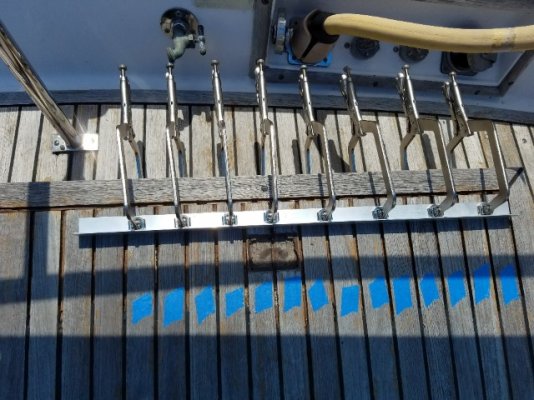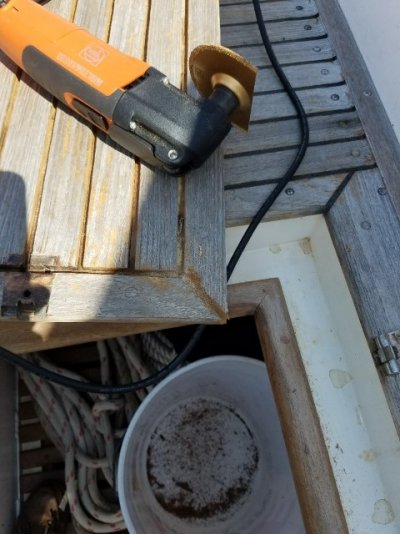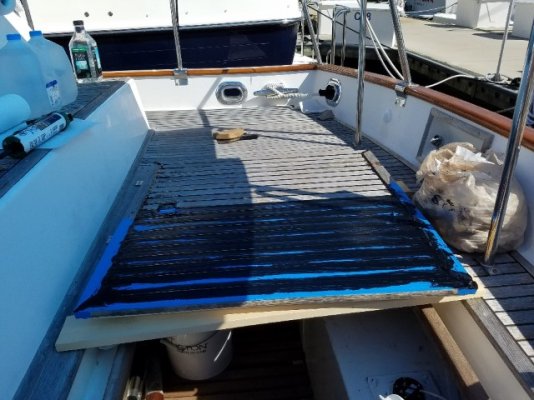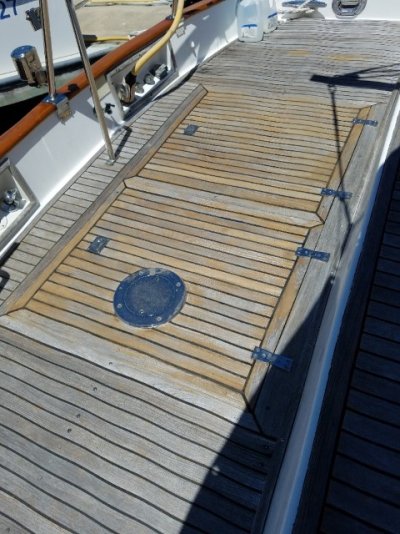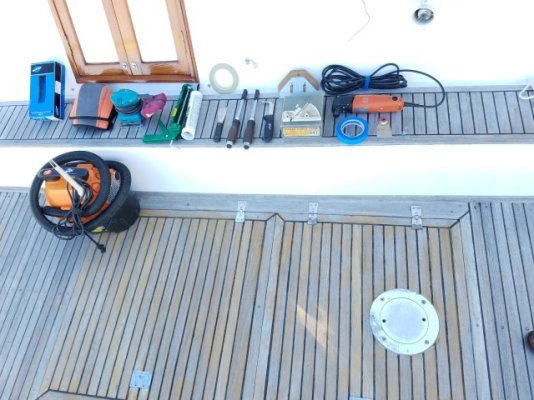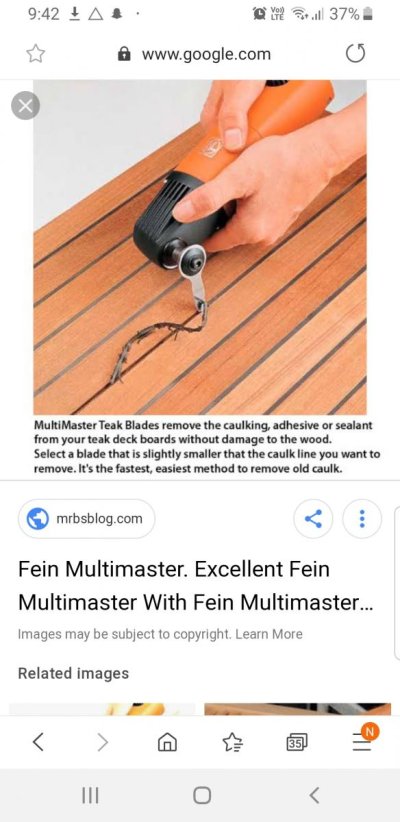FBoykin
Senior Member
- Joined
- Feb 13, 2014
- Messages
- 165
- Vessel Name
- Hannah Jane
- Vessel Make
- 2000 Grand Banks 42 Classic
That Veritas plane looks interesting! I tried out my Makita 3 1/2" saw on my bow locker hatch. It did ok, but there was still plenty of handwork afterwards and I was always on edge that I was going to mis-cut my teak. So I did the smaller of my 2 lazarette hatches by hand with a Fein tool, Teak Decking Systems reef hook & sanding block plus MM size hand chisels and a nice English plow plane I found on Ebay. It turned out very well, but took more time than expected.
I sent mplangley a message with questions. Mainly how well di it work and what was his preferred method of use. His plane looks like a very, very useful tool! Unfortunately, tool is out of stock until late April...
I sent mplangley a message with questions. Mainly how well di it work and what was his preferred method of use. His plane looks like a very, very useful tool! Unfortunately, tool is out of stock until late April...

